'Boundless' Stars Paul Trebilcock & Simon Donato on Endurance Races

Whether it's cycling up wet, hilly roads in Thailand, rowing on a self-built raft made of logs for 112 miles down the Amazon River, or stand-up paddle boarding for five days through Holland’s canals, Simon Donato and Paul “Turbo” Trebilcock are the ultimate ultra-endurance athletes.
The stars of Esquire Network’s docuseriesBoundlesscompete in eight of the most epic endurance races over a five-month period during the show, which is entering its third season, but they weren’t always freak athletes on a quest to punish their bodies through grueling challenges.
Donato was raised in London, Ontario with Boler Mountain as his backyard, and after participating in downhill skiing, football and baseball during his high school years, he and a group of friends opened a mountain bike center behind his house where he rode the trails and gave lessons. He hated running growing up — “in cross country I would take shortcuts and try find ways to sneak around“ — but he loved camping and exploring, and his enjoyment of long-distance mountain biking fed into adventure racing.
Trebilcock, who ran high school cross country and track, also found his way into endurance races by means of bicycles and entrepreneurship. In 1990, he started a bike courier business because he wasn’t finding much work as a carpenter, and after riding every day of the week, Trebilcock says, “I got hooked on adrenaline.”

For both men, long distance biking on a daily basis led the way to running and ultra marathons — the fitness base that helps them in extreme races like the Costa Rica Adventure Race, a seven-day, 800 kilometer slog across the country by foot, raft, kayak, mountain bike, ropes, canyon climbing and more.
“We biked for 20 hours, trekked for 60 hours, kayaked for 32 hours,” says Trebilcock, 48, of the race in Costa Rica. “The bike section was so muddy we had to carry our bikes for two and a half hours, and I couldn’t stand straight up because we were sitting in the kayak for so long.”
Because Donato and Trebilcock compete in races with multiple disciplines, their training and conditioning also varies. Donato, 37, spends a lot of his time in the gym working on the overall strengthening of his muscles, with a special focus on the core and hips. “My workouts are well away from sit-ups and crunches — I do more integrated movements that involve balance and mimic the motions I go through when I run,” says Donato, who has a Ph.D. in geology. “The basic premise is: before you undertake any movement, engage the core. Keep it under lockdown.”
During his 14-20 hours of training during the peak time of the offseason, Trebilcock diversifies by incorporating rowing machine workouts, stand-up paddle boarding, swimming and rock climbing into his routine. While working full time, Trebilcock trains three times a day, usually starting with a 6 a.m. high-intensity bike ride. He saves the longer distances for the weekends. “The body has to get used to being tired,” he says.
That ability to endure and power through even when the body is exhausted is exactly what endurance races are about, but even Donato and Trebilcock have experienced moments in brutal conditions where quitting seemed like the only option. During a 250-km foot race over five days through Egypt’s Sahara Desert in 120°F temperatures, Donato says the conditions were the hottest he had ever experienced in his life. “I’ve never felt that beaten before – you start negotiating with yourself, it’s tough,” he says.

Believe it or not, these guys don’t just live off adrenaline and hardcore workouts. In fact, nutrition is a key part of their training regimens. Trebilcock monitors his sugar intake and eats a gluten-free, vegetarian diet, but still consumes dairy for his main source of protein. He also supplements his diet with iron and Vitamin B12 and uses a vegetable-based, stevia-sweetened recovery drink, but there’s one snack he can’t give up: popcorn. “Butter is the key – like a quarter pound – and I use the jumbo kernels,” he says. While Donato recently cut out chicken and beef, he sticks to a “clean eating” plan that includes fish and a lot of vegetables, but he too has his dietary vices. Sometimes after a long race he treats himself with a Big Mac or a Whopper, but Donato’s more frequent treats are nacho chips and chocolate macaroon cookies.
It takes a (mostly) healthy diet and unique physical and mental strength to survive some of the world’s toughest competitions but the Boundless stars say anyone can develop into an ultra-endurance racer.
“You have to make the commitment and hold yourself accountable,” says Donato, who suggests keeping a training log. “It’s like getting into a hot tub – the longer time you spend and the deeper you go the easier it is. It takes time for the body to adapt.”
Trebilcock says aspiring endurance athletes can even train at home with simple exercises like push-ups, sit-ups, wall sits, calf raises and planks, and emphasizes stretching and flexibility workouts — especially for the hip flexors — to keep the body loose, limber and able to run for long periods of time. While Trebilcock is less systematic, Donato likes to track his workouts using a fitness watch that measures heart rate, elevation and distance. Regardless of the approach, both men say the mental training is equally important.
“The body is an amazing thing and it will do anything,” says Trebilcock. “The mind is the part that will stop you.”
Esquire Network's Boundless airs on Tuesdays at 10 ET/PT.
The Adventures of Paul Trebilcock & Simon Donato
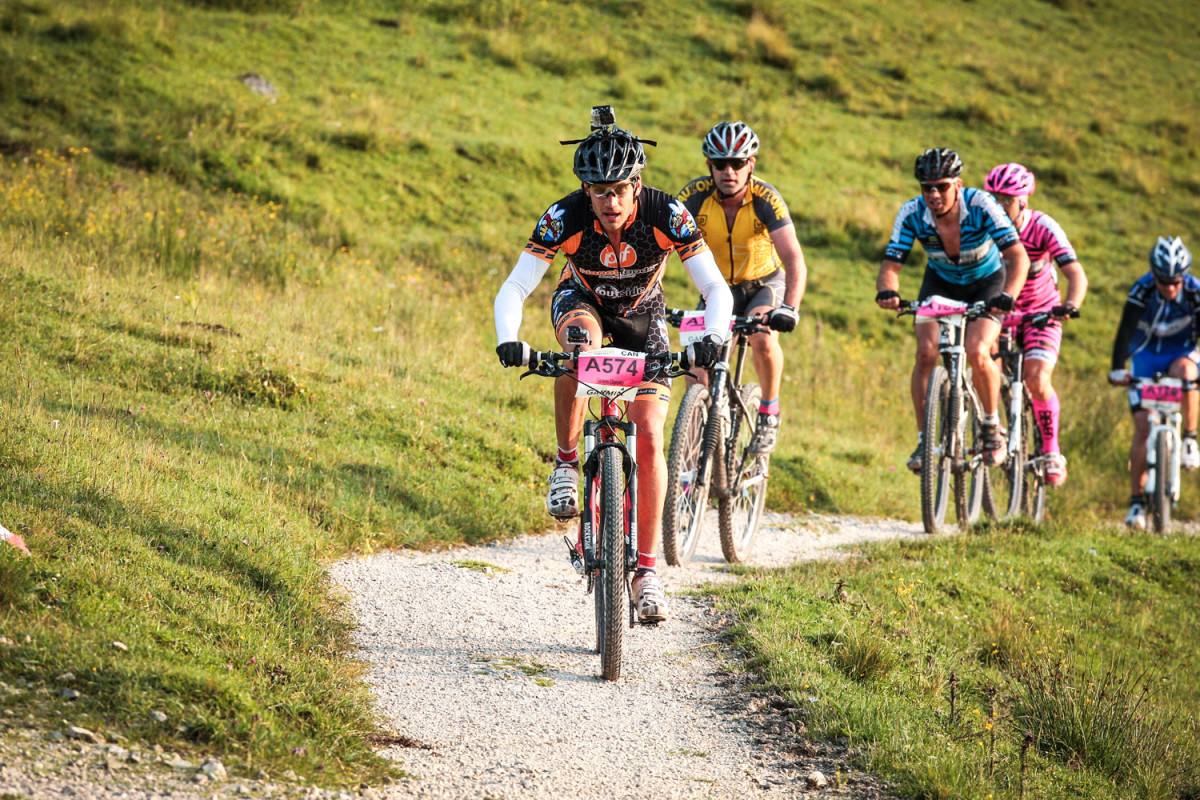
The Adventures of Paul Trebilcock & Simon Donato

The Adventures of Paul Trebilcock & Simon Donato

The Adventures of Paul Trebilcock & Simon Donato
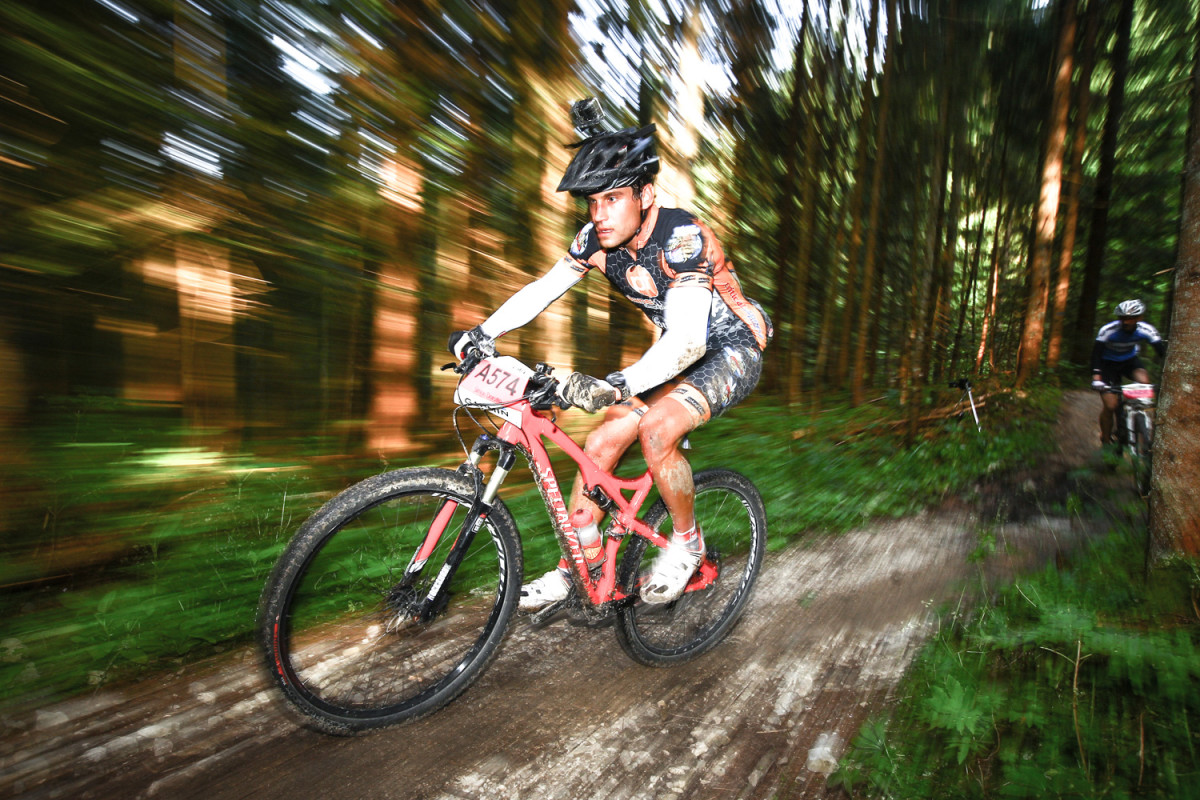
The Adventures of Paul Trebilcock & Simon Donato
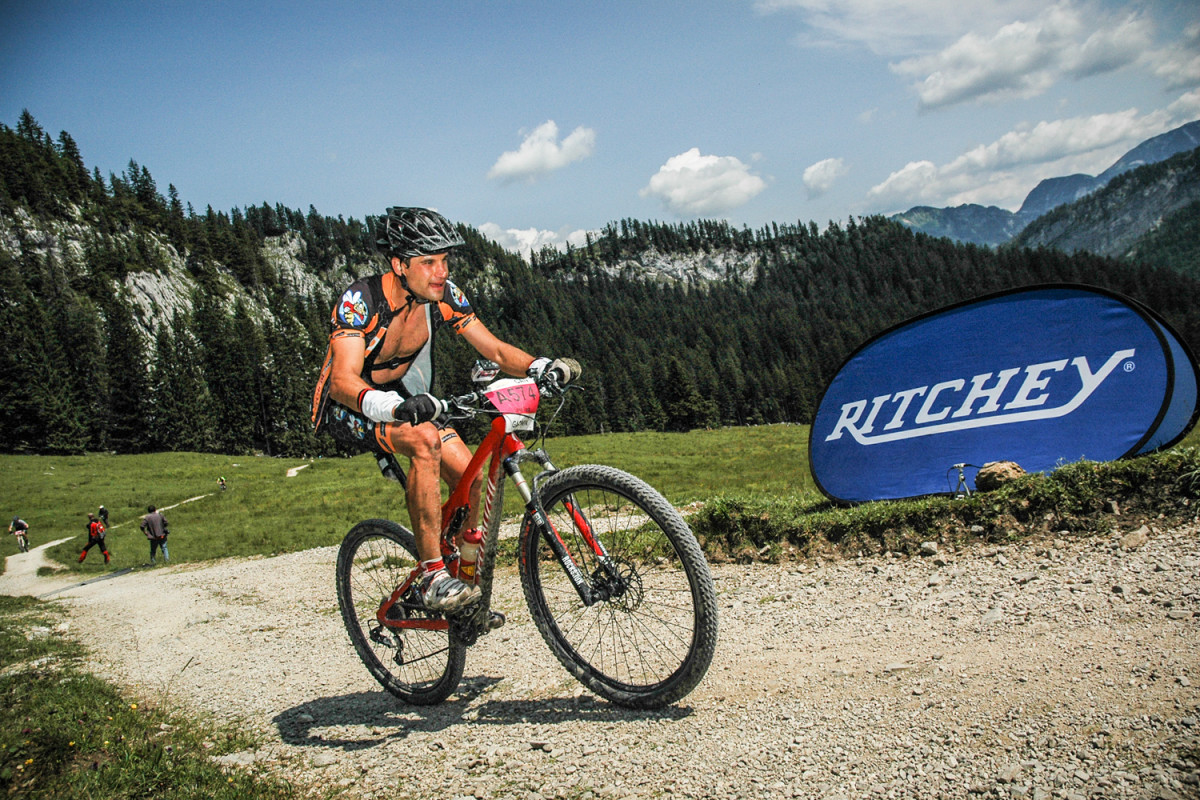
The Adventures of Paul Trebilcock & Simon Donato

The Adventures of Paul Trebilcock & Simon Donato
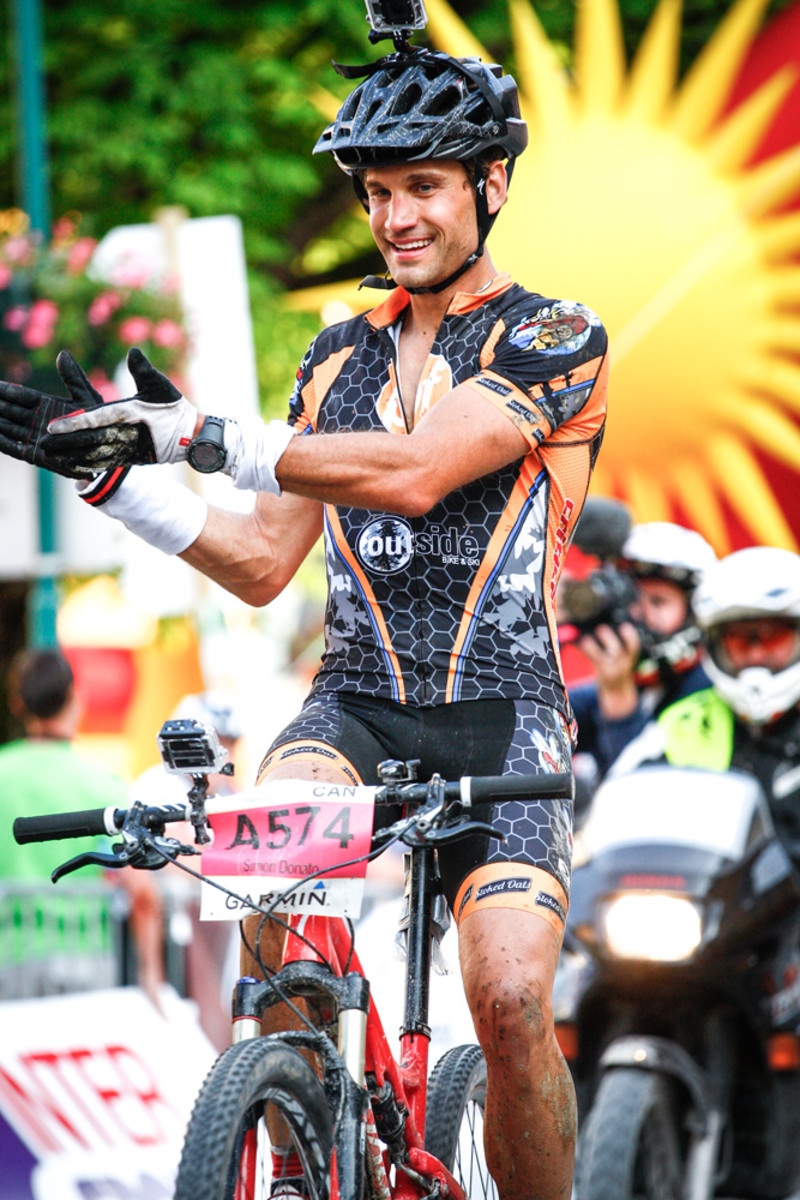
The Adventures of Paul Trebilcock & Simon Donato
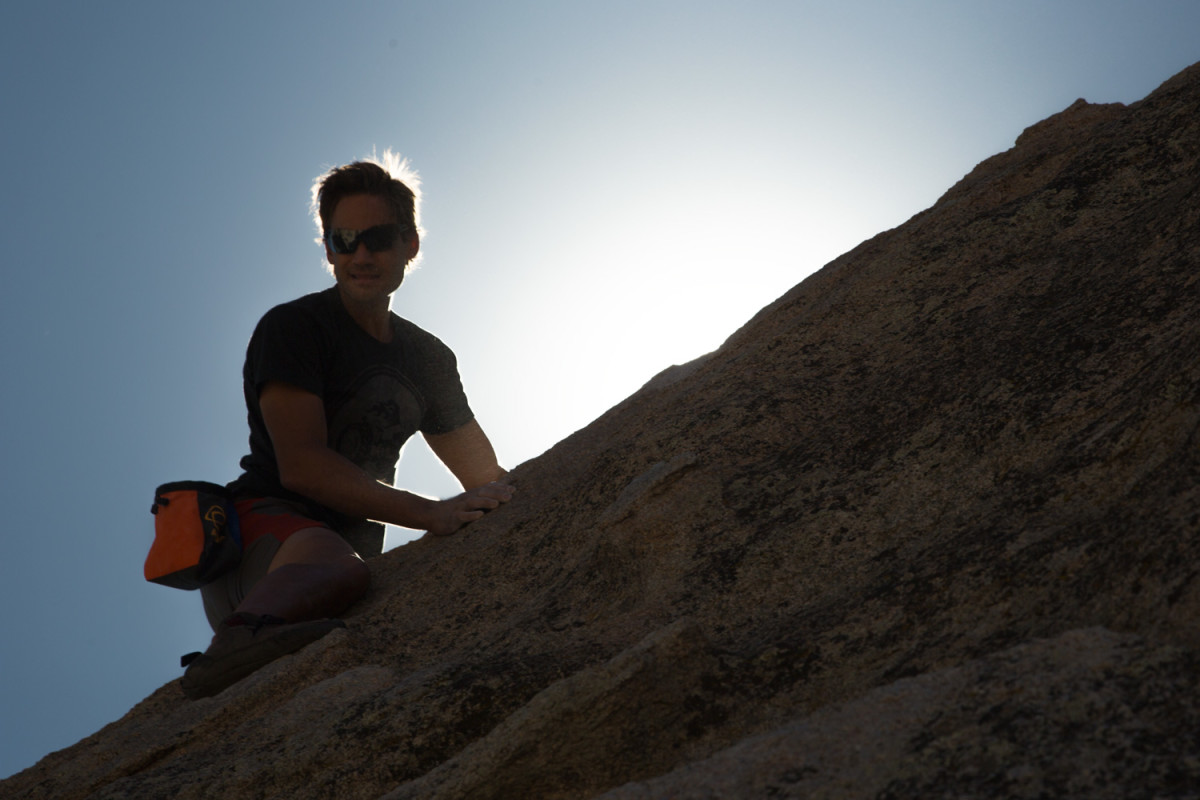
The Adventures of Paul Trebilcock & Simon Donato

The Adventures of Paul Trebilcock & Simon Donato
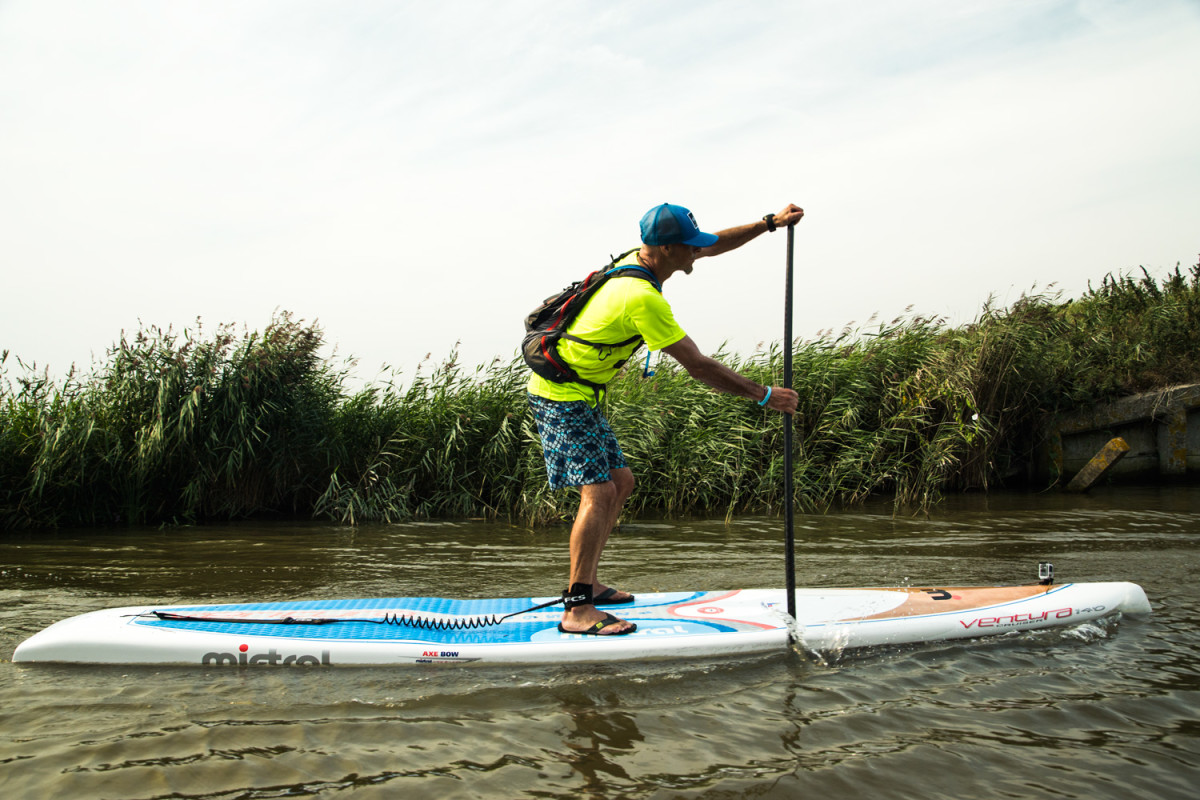
The Adventures of Paul Trebilcock & Simon Donato
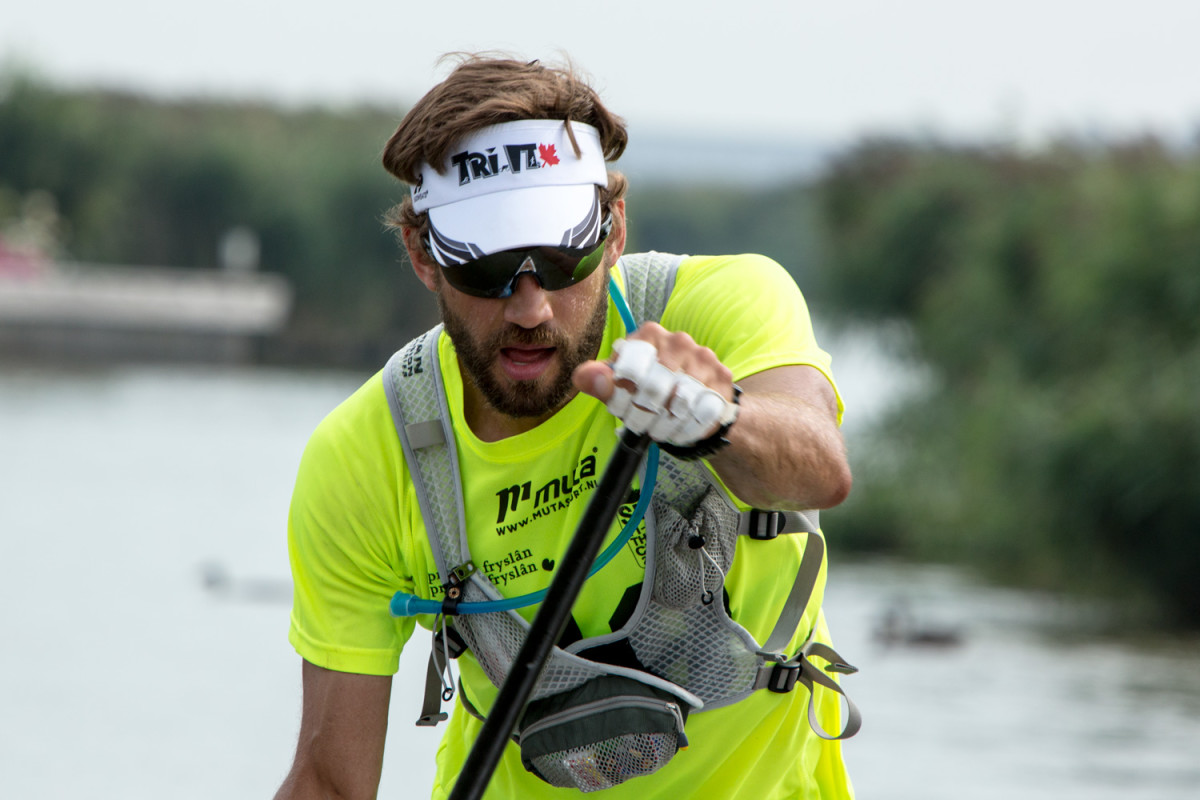
The Adventures of Paul Trebilcock & Simon Donato
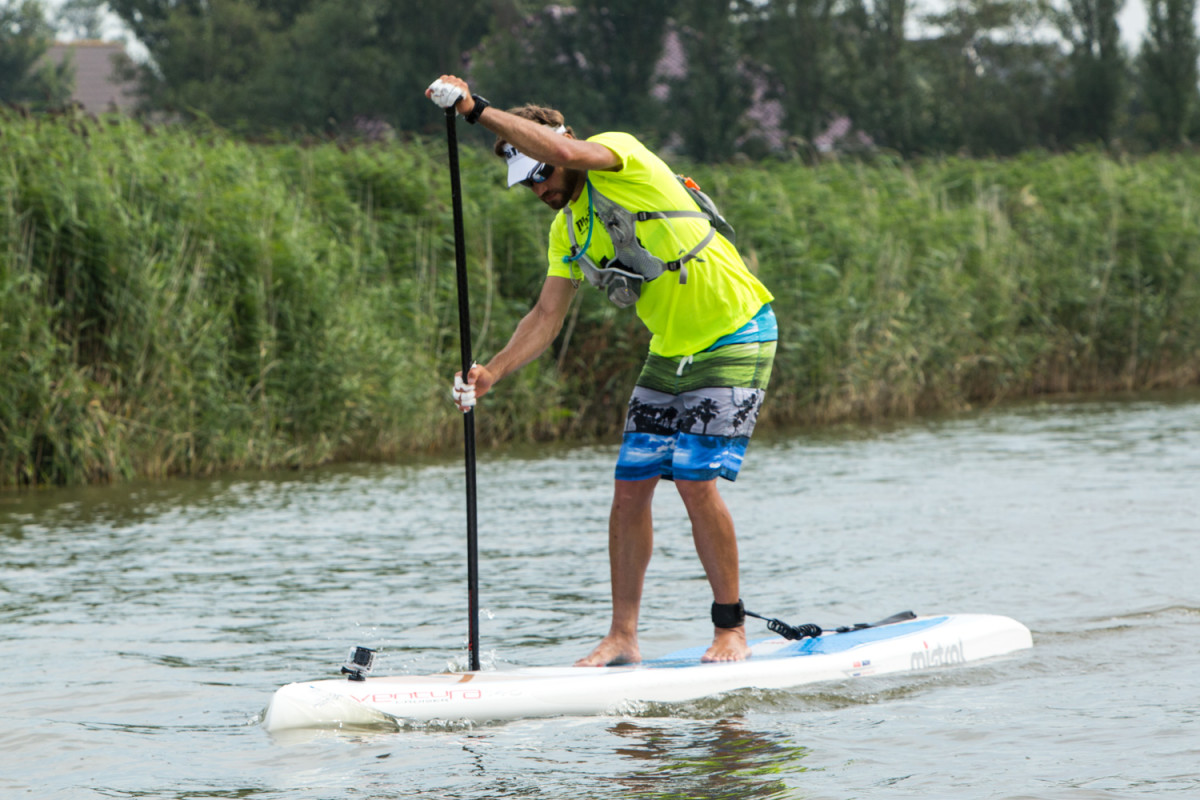
The Adventures of Paul Trebilcock & Simon Donato

The Adventures of Paul Trebilcock & Simon Donato
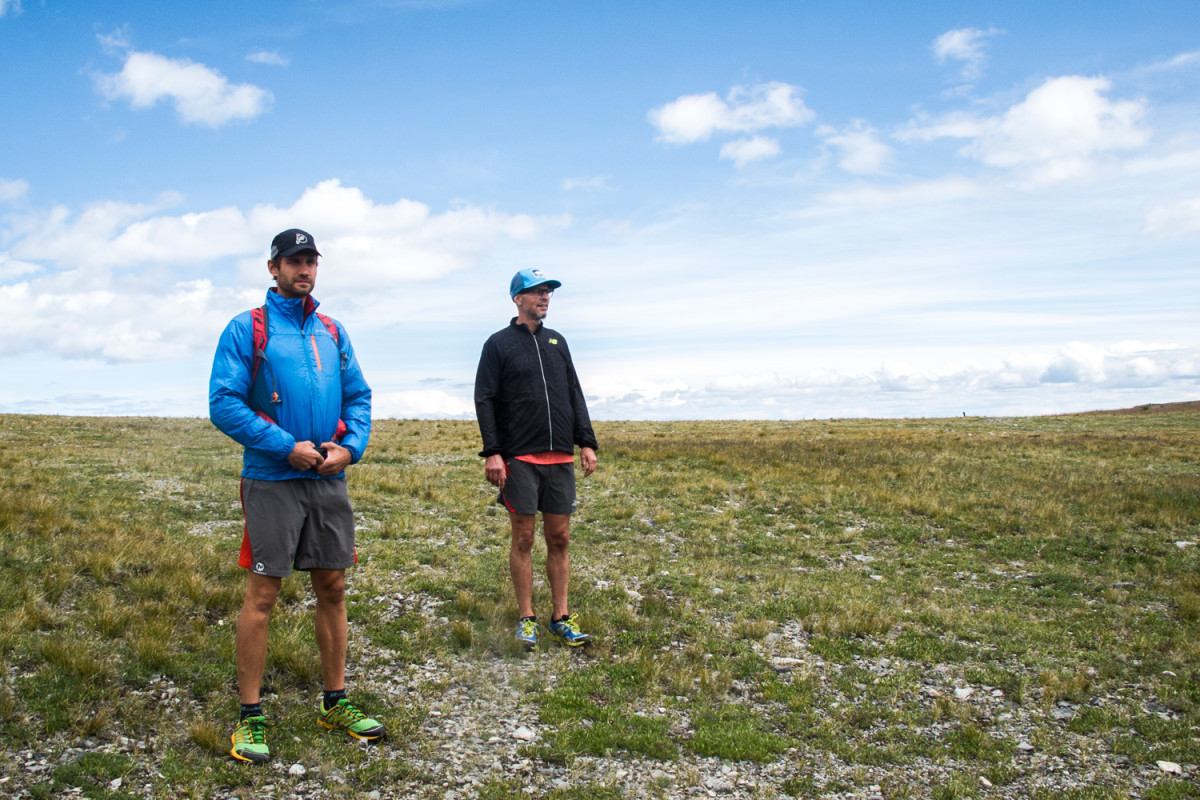
The Adventures of Paul Trebilcock & Simon Donato

The Adventures of Paul Trebilcock & Simon Donato
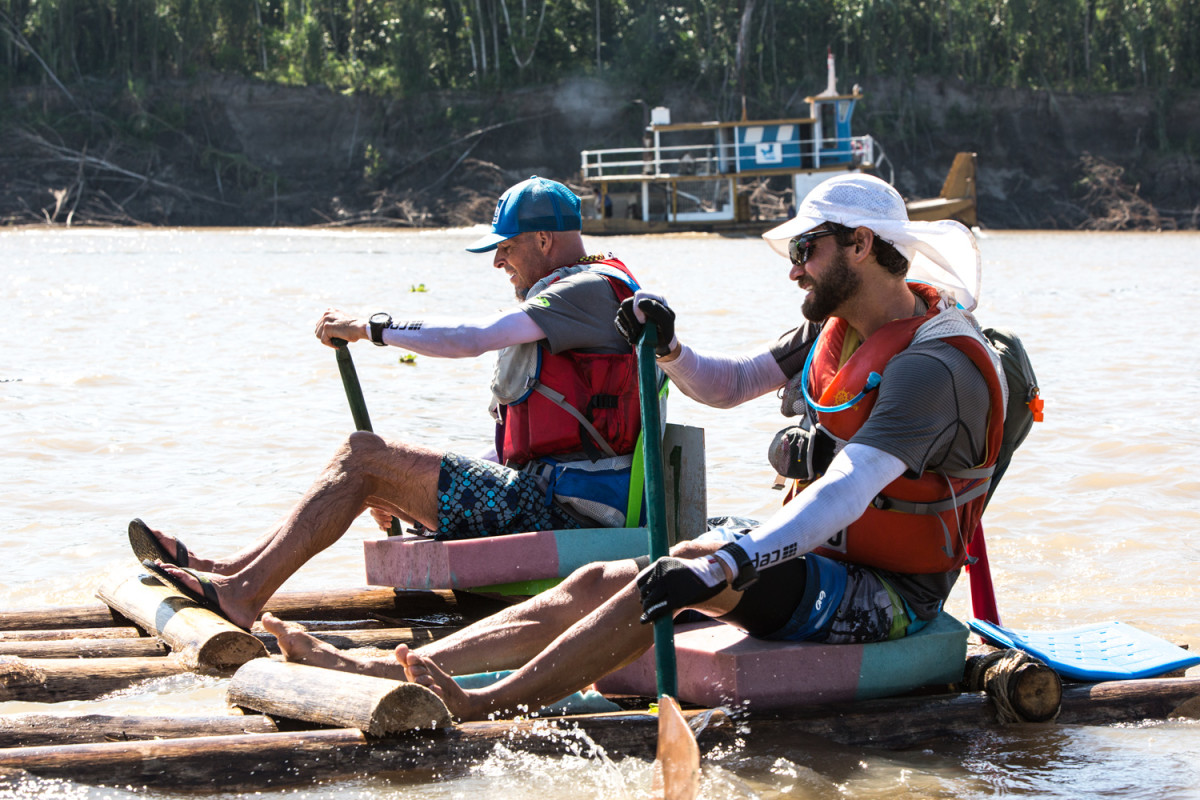
The Adventures of Paul Trebilcock & Simon Donato

The Adventures of Paul Trebilcock & Simon Donato

The Adventures of Paul Trebilcock & Simon Donato

The Adventures of Paul Trebilcock & Simon Donato
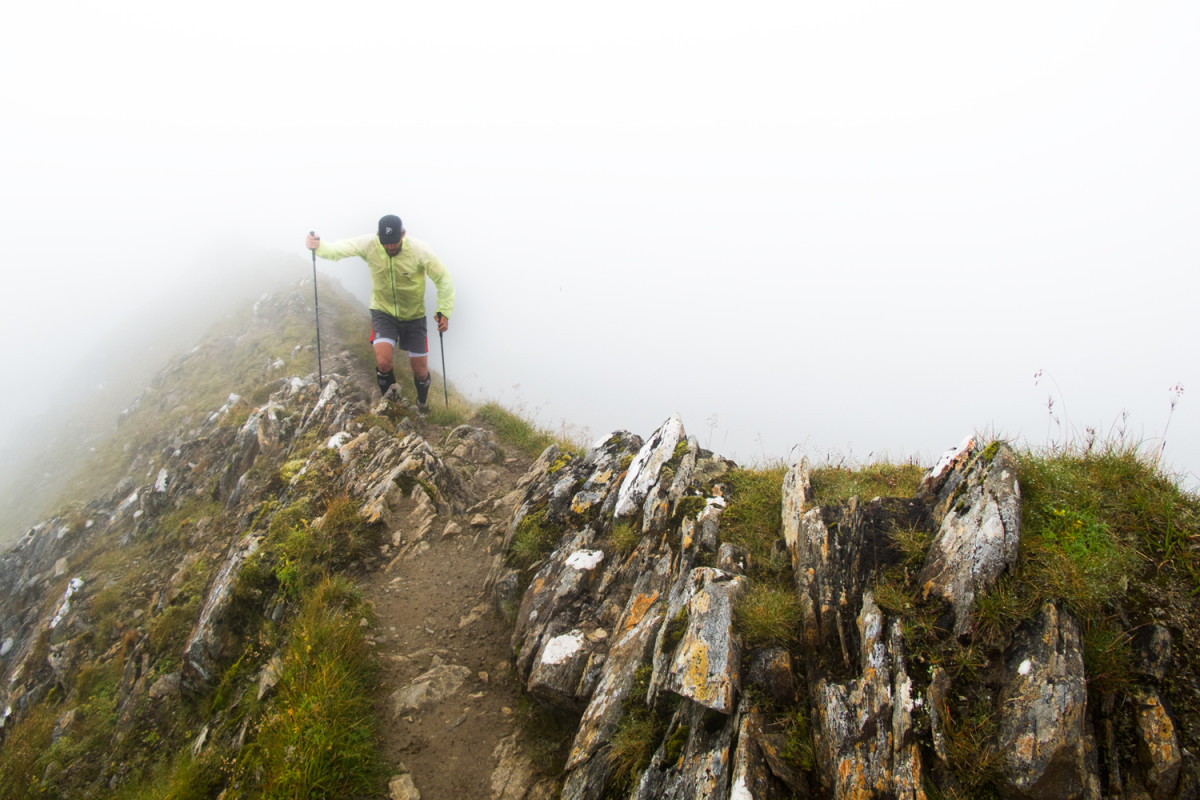
The Adventures of Paul Trebilcock & Simon Donato
